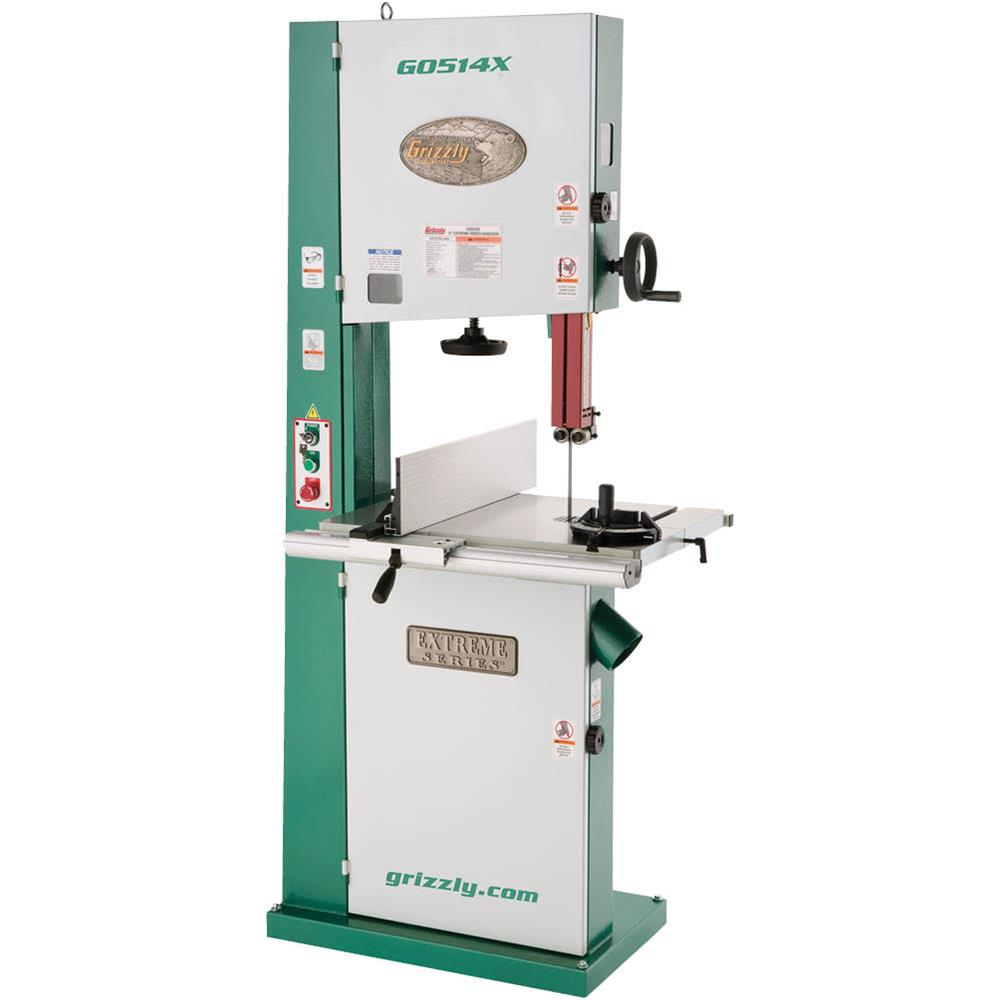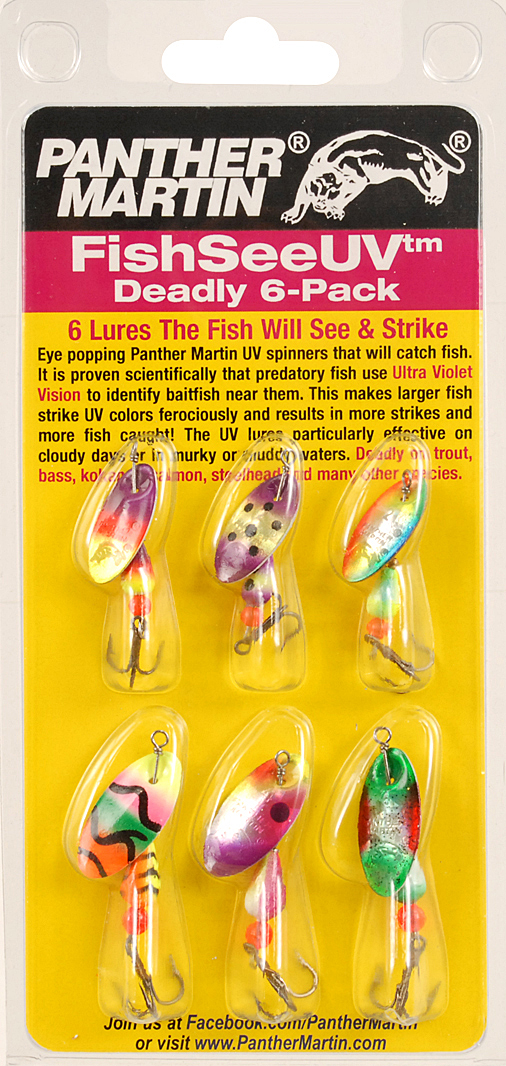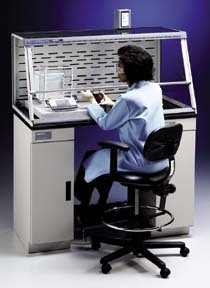Ready to Know the Truth About the WeatherX Portable NOAA Weatherband AM/FM Radio?
The WeatherX Portable NOAA Weatherband AM/FM Radio is presented as a compact and versatile device for receiving weather alerts and enjoying radio entertainment. Marketed by WeatherX, it boasts AM/FM and NOAA weather band reception, powered either by AC adapter or D batteries. This makes it sound like a handy tool for outdoor enthusiasts, emergency preparedness, or even just everyday listening.
What pushed me to explore this particular radio was a desire for a reliable weather alert system during camping trips. Cell service can be spotty, and I wanted a dedicated device, separate from my phone, for receiving crucial weather updates. I needed something simple, robust, and not overly reliant on constant charging.
Upon unboxing, the initial impression was, frankly, utilitarian. The plastic casing felt lightweight, hinting at a focus on portability rather than premium build quality. It was functional. The telescopic antenna seemed sturdy enough, but the overall design lacked any real aesthetic flair.
Compared to a more rugged Midland WR120 or a feature-rich Sangean CL-100, the WeatherX felt basic. I chose it for its advertised simplicity and portability, hoping it would deliver on those fronts without the extra bells and whistles I didn’t necessarily need. The lower price point also factored into my decision, reflecting a desire for core functionality over high-end features.
My first impression wasn’t one of excitement, but rather cautious optimism. It appeared functional, and I was eager to test its reception capabilities and overall reliability in a real-world setting. It was basic, and I wondered if it was too basic.
Real-World Testing: Putting WeatherX Portable NOAA Weatherband AM/FM Radio to the Test
First Use Experience
My first test run for the WeatherX Portable NOAA Weatherband AM/FM Radio was during a weekend camping trip in the Appalachian Mountains. I set it up in the tent, using D batteries to power it, and scanned for NOAA weather channels. The mountains posed a challenge, but after adjusting the telescopic antenna, I managed to lock onto a clear NOAA broadcast.
The radio performed adequately in relatively dry conditions, though a slight drizzle had me concerned about its weather resistance (or lack thereof). Operation was straightforward: a simple on/off switch, volume control, and tuning dial. It didn’t take long to familiarize myself with the layout.
The initial surprise was the speaker’s somewhat tinny sound quality. It was functional, but not exactly enjoyable for extended music listening. I also noticed that the tuning dial was a bit sensitive, making precise channel selection a little tricky.
Extended Use & Reliability
After several weeks of sporadic use during hikes and backyard grilling sessions, the WeatherX Portable NOAA Weatherband AM/FM Radio has held up without any major malfunctions. It’s definitely a bare-bones device. The plastic casing has proven surprisingly resilient to minor bumps and scrapes, but I wouldn’t exactly call it rugged.
I haven’t noticed any significant wear and tear besides some minor surface scratches. Cleaning is simple, requiring just a quick wipe-down with a damp cloth.
Compared to a more durable hand-crank radio I used previously, the WeatherX feels less robust. It also lacks the hand-crank charging feature. However, its reliance on readily available D batteries offers a certain peace of mind in terms of power source reliability.
Breaking Down the Features of WeatherX Portable NOAA Weatherband AM/FM Radio
Specifications
The WeatherX Portable NOAA Weatherband AM/FM Radio features:
- AM/FM radio reception for standard broadcast entertainment.
- NOAA Weatherband reception for receiving critical weather alerts.
Other specifications include:
- An aux-in jack for connecting external audio devices.
- An integrated speaker for audio output.
- A telescopic antenna for signal enhancement.
- Power options of 3 D batteries (not included) or an AC power input.
- A black color scheme.
These specifications highlight the radio’s core functionality as a portable audio receiver and weather alert device. The AC power input and battery options ensure versatility in various environments.
Performance & Functionality
The WeatherX Portable NOAA Weatherband AM/FM Radio performs its core function – receiving radio broadcasts – adequately. AM and FM reception are decent, though not exceptional, and depend heavily on antenna positioning.
The NOAA weather band reception is arguably the most important feature, providing access to potentially life-saving weather alerts. However, signal strength can be finicky, requiring careful adjustment of the telescopic antenna. The audio quality is adequate for spoken word, but falls short for music enjoyment due to its tinny nature.
The radio largely meets expectations as a basic, portable weather alert device. The sound quality and tuning sensitivity could be improved.
Design & Ergonomics
The build quality of the WeatherX Portable NOAA Weatherband AM/FM Radio is acceptable, but not outstanding. The plastic casing is lightweight.
The radio is fairly user-friendly, with clearly labeled controls and a simple interface. There’s virtually no learning curve involved.
Durability & Maintenance
The durability of the WeatherX Portable NOAA Weatherband AM/FM Radio appears to be moderate. I expect it to last a few years with careful handling.
Maintenance is minimal. A quick wipe-down is all that’s needed to keep it clean.
Accessories and Customization Options
The WeatherX Portable NOAA Weatherband AM/FM Radio includes a basic AC power cable. There are no readily apparent customization options.
The aux-in jack allows for connecting external speakers, improving audio output quality. The radio isn’t really designed for extensive modification.
Pros and Cons of WeatherX Portable NOAA Weatherband AM/FM Radio
Pros
- Affordable price point makes it accessible to a wide range of users.
- NOAA Weatherband reception provides access to crucial weather alerts.
- Portable and lightweight design enhances its suitability for outdoor use and emergency preparedness.
- Simple and user-friendly interface ensures ease of operation.
- Dual power options (AC adapter or D batteries) offer versatility in various environments.
Cons
- The build quality feels somewhat cheap and not particularly rugged.
- Audio quality from the built-in speaker is tinny and underwhelming.
- Tuning dial sensitivity can make precise channel selection difficult.

Who Should Buy WeatherX Portable NOAA Weatherband AM/FM Radio?
The WeatherX Portable NOAA Weatherband AM/FM Radio is perfect for:
- Campers and hikers who need a reliable weather alert system.
- Individuals and families seeking a basic emergency preparedness radio.
- Those on a budget who want a functional AM/FM/NOAA radio without breaking the bank.
Who should skip this product?
- Audiophiles seeking high-fidelity audio quality.
- Those requiring a rugged, weather-resistant radio for extreme conditions.
- Individuals who prioritize advanced features like digital tuning or Bluetooth connectivity.
A must-have accessory is a good set of rechargeable D batteries to save on long-term costs. An external speaker could also improve the audio experience.
Conclusion on WeatherX Portable NOAA Weatherband AM/FM Radio
The WeatherX Portable NOAA Weatherband AM/FM Radio is a basic, functional radio that fulfills its primary purpose: providing access to AM/FM radio and NOAA weather alerts. It is a simple, no-frills device.
Its low price point justifies its somewhat limited features and average build quality. It is an inexpensive weather radio.
I would recommend it to individuals seeking a budget-friendly weather alert system for occasional use. But those seeking a rugged, high-performance radio should look elsewhere. For basic emergency preparedness or casual camping, it serves its purpose, but be aware of its limitations. Don’t expect audiophile quality, but do expect to hear weather warnings when you need them.
Read the full article here






Leave a Reply